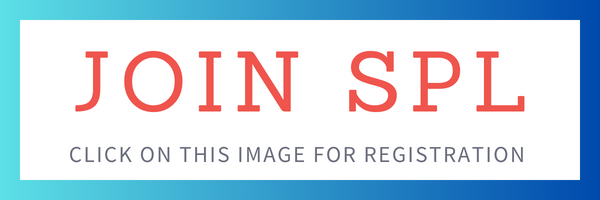Shifting Paradigms in Sexuality: An Analysis of Homosexuality and Heterosexuality
Keywords:
Sexuality Spectrum, Heteronormativity, Queer Theory, Homosexuality, Binary Deconstruction, Social Constructivism, FluidityAbstract
Aims: This analysis aims to deconstruct the traditional binary paradigm of sexuality that rigidly categorizes individuals as either homosexual or heterosexual. It explores the historical, social, and cultural forces that established this binary as a normative standard and examines contemporary perspectives that challenge its dominance.
Methodology and Approaches: The research employs a qualitative and interdisciplinary methodology, drawing from critical social theory, queer theory, and historical analysis. It involves a systematic review of literature critiquing the hetero/homo binary, including texts from Michel Foucault and contemporary queer scholars.
Outcomes: The analysis reveals that the homosexual/heterosexual binary is a recent socio-historical construct, not a biological inevitability. Findings show this binary is insufficient for capturing the full complexity of human desire, practice, and identity, as seen in the experiences of bisexual, pansexual, asexual, and queer individuals. Embracing a continuum model, such as that proposed by Alfred Kinsey, provides a more inclusive framework for understanding sexuality.
Conclusion and Suggestions: The paradigm of sexuality is shifting from a rigid binary to a fluid spectrum. This transition challenges prejudices and fosters inclusion. Future research should explore non-Western and intersectional understandings of sexuality. Educational curricula, public policies, and clinical practices should move beyond binary frameworks to affirm diverse realities of human experience, reducing stigma and promoting well-being for all.
Downloads
Published
How to Cite
Issue
Section
Copyright (c) 2025 Mohd Shamim, Mohammad Mustaqeem

This work is licensed under a Creative Commons Attribution-NonCommercial 4.0 International License.













